MBI PhD Oral Defense
Time: 3pm
Date: Wednesday, 30 January 2019
Venue: NUS, E3-06-03 Tutorial Room
Supervisor: Prof Kanchanawong, Pakorn (main supervisor) and Prof Evelyn Yim (co supervisor)
Nanoscale Organization of Integrin-Based Adhesion Complexes and Cortical Actin Cytoskeleton in Mouse Embryonic Stem Cells
by XIA Shumin, Kanchanawong Group
Embryonic stem cells (ESCs) are uniquely valuable cell types due to their ability to proliferate indefinitely (self-renewal) and differentiate into any specialized lineage (pluripotency). Although ESCs has been widely utilized in regenerative medicine and tissue engineering via directed differentiation, using either biochemical or biophysical cues, several fundamental aspects of ESC biology remain not well understood. In particular, ESCs exhibit distinctively compliant nuclei and cell body which serve as a unique mechanical signature of the pluripotent state. Furthermore, while mechanical cues, such as substrate rigidity, exert strong influence on many differentiated or multi-potent cell types, ESCs are well-documented to elicit limited responses to such mechanical stimuli. While the actin cortex serves as a major determinant of animal cell mechanics and integrin-based adhesion complexes orchestrate key mechanosensitive responses through the connection between the extra cellular matrix (ECM) and actin cytoskeleton, it is notable that these mechanobiological apparatuses have not been well characterized in ESCs.
In this thesis, I sought to investigate whether the unusual cell mechanical properties of ESCs arise from any alternate organization or regulation of the actin cortex and/or the cell-matrix adhesions. Using super-resolution microscopy, I found that the integrin-based adhesion complexes in mouse ESCs (mESCs) maintained the conserved nanoscale architecture and compositional maturation comparable to specialized cells, despite their low density and peripheral localization. In contrast, for the mESC actin cortex, I observed a distinctive nanoscale organization consisting of low-density and <60 nm-thin isotropic meshwork interspersed with radial organization called “asters”. I demonstrated that the asters were transient sites of Arp2/3-dependent actin polymerization and that the architecture and mechanics of the mESC actin cortex appeared to be controlled by a multi-tier mechanism that modulates the network topological complexity and filament elongation through the balance between formin, Arp2/3, and capping protein. Surprisingly, both the architecture and mechanical properties of the mESC actin cortex were largely independent of myosin II. I demonstrated that upon a pharmacological perturbation of cortical network density, myosin II can be recruited into the mESC actin cortex, suggesting that its incorporation can be gated by network density. Altogether, these results provide the molecular and ultrastructural insights into key mechanobiological structures of pluripotent stem cells, and help to elucidate the molecular mechanisms that may account for the unusual mechanical characteristics of mESCs, primarily through the regulation of the actin cortex.
**Please note the examination following the seminar is closed-door**



